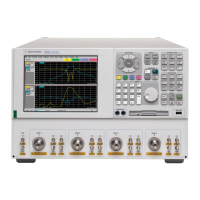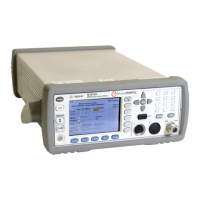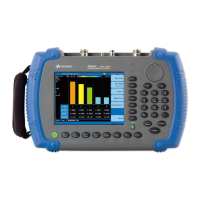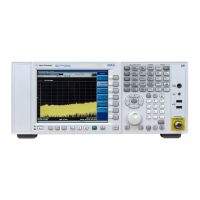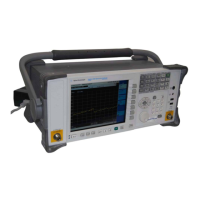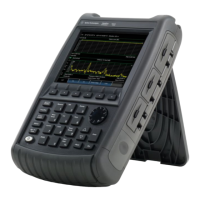3-4 Service Guide N5230-90024
Tests and Adjustments PNA Series Microwave Network Analyzers
Before You Begin N5230C
Before You Begin
Before checking, verifying, or adjusting the analyzer, refer to the following paragraphs to:
• make sure the operating environment is within its requirements
• make sure that proper electrostatic discharge (ESD) protection is provided
• make sure the analyzer has warmed up properly to achieve system stability
• review the principles of connector care
Verify the Operating Environment
Due to their operating specifications, the verification and calibration kit devices determine your operating
environment conditions. Open the calibration and verification kits and place all the devices on top of the
foam inserts so they will reach room temperature. As the device dimensions change with temperature, their
electrical characteristics change as well. It is necessary to keep the environmental levels within the
following limits:
•Temperature: +23 C ± 3 C (Error-corrected temperature range)
Once the measurement calibration has been done, the ambient temperature must be maintained to
within 1 C of the calibration temperature.
• Humidity: 5% to 95% at 40 C maximum
• Altitude: 0 to 4,500 meters (14,760 feet.)
Protect Against Electrostatic Discharge (ESD)
This is important. If not properly protected against, electrostatic discharge can seriously damage your
analyzer, resulting in costly repair.
CAUTION To reduce the chance of electrostatic discharge, follow all of the recommendations outlined
in “Electrostatic Discharge Protection” on page 1-6, for all of the procedures in this chapter.
Allow the Analyzer to Warm Up
NOTE To achieve the maximum system stability, allow the analyzer to warm up for at least 90
minutes.
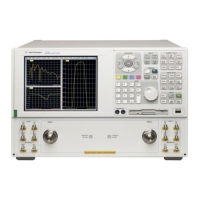
